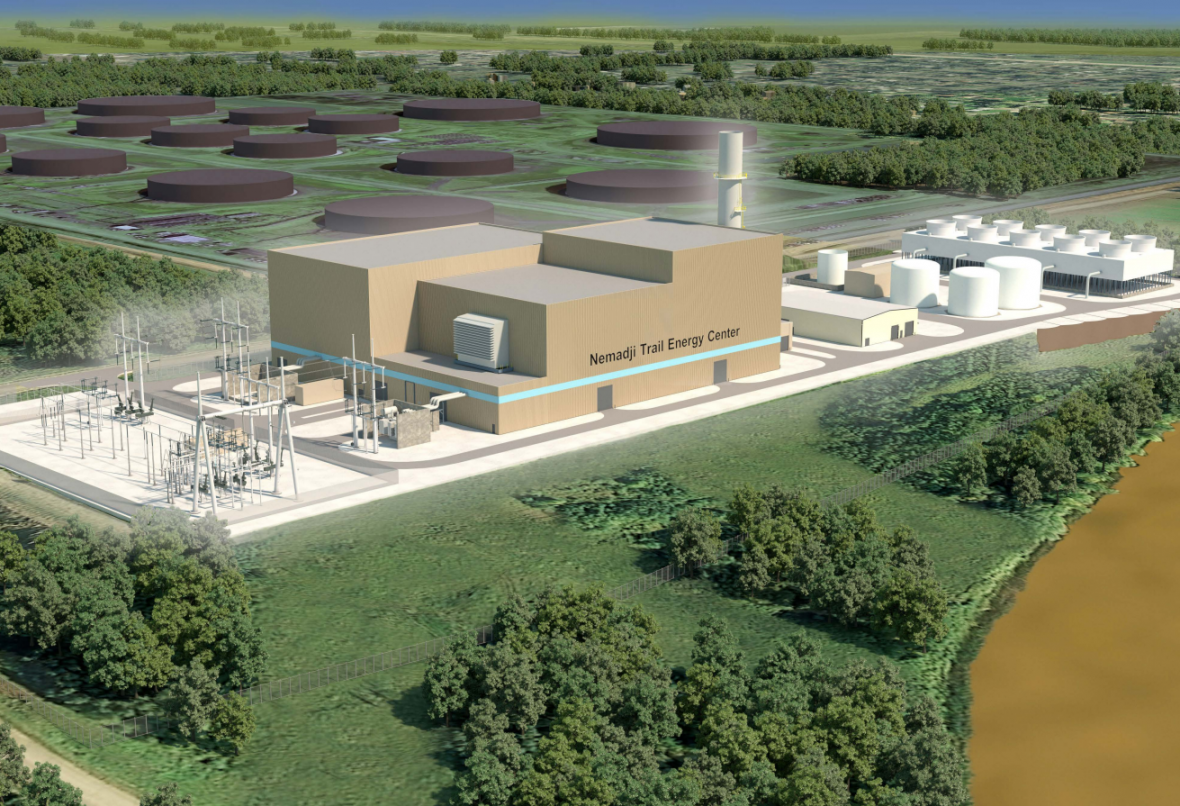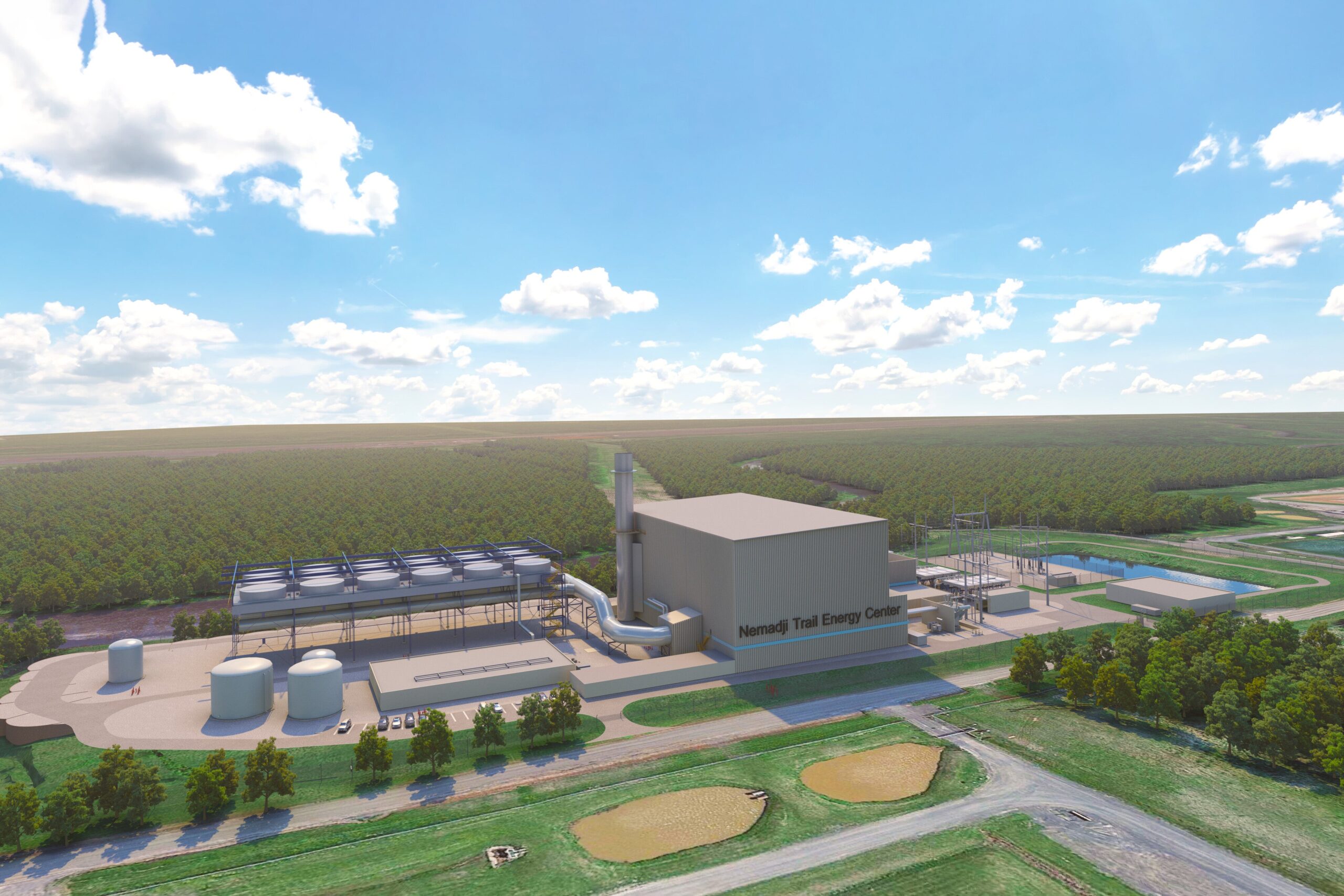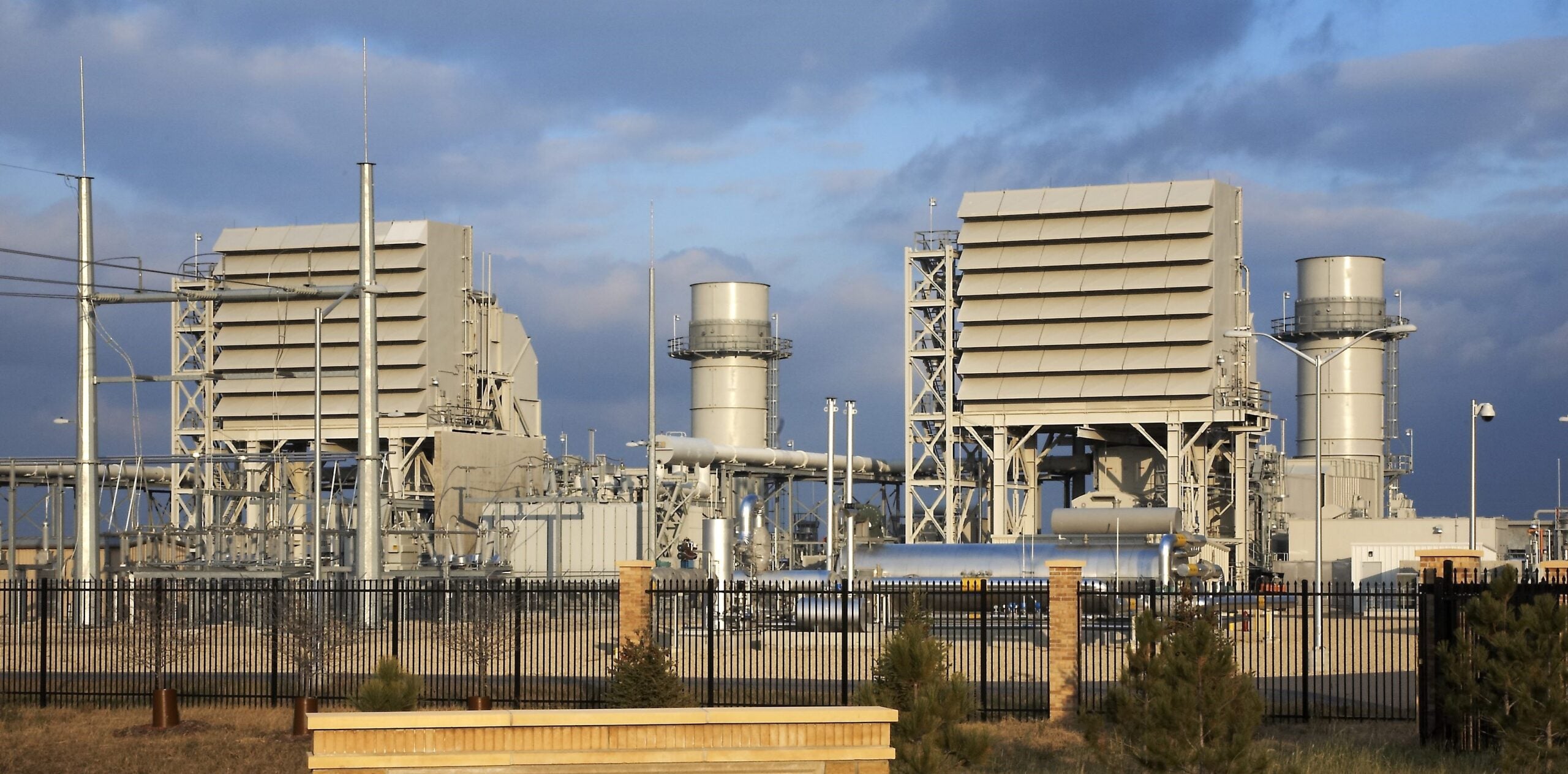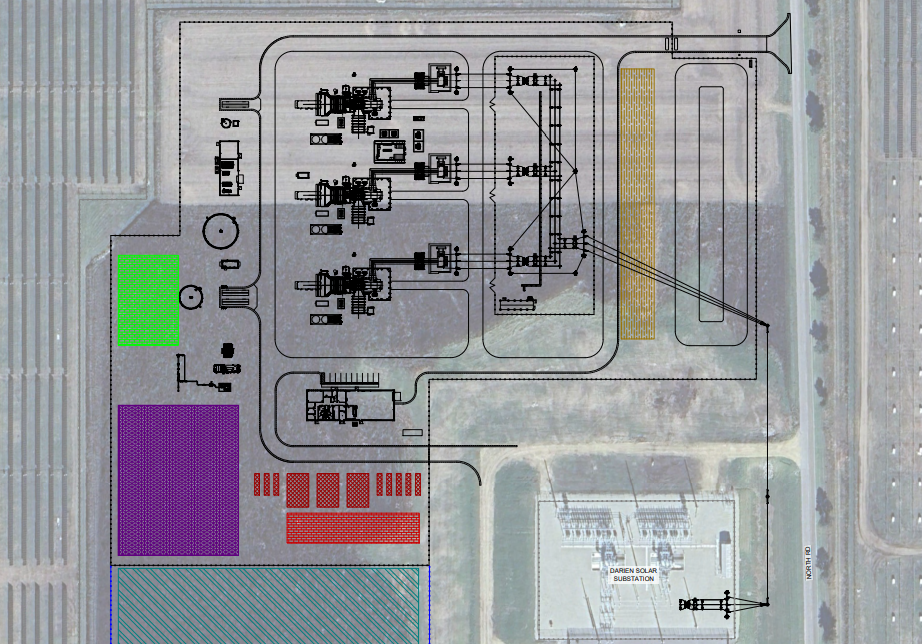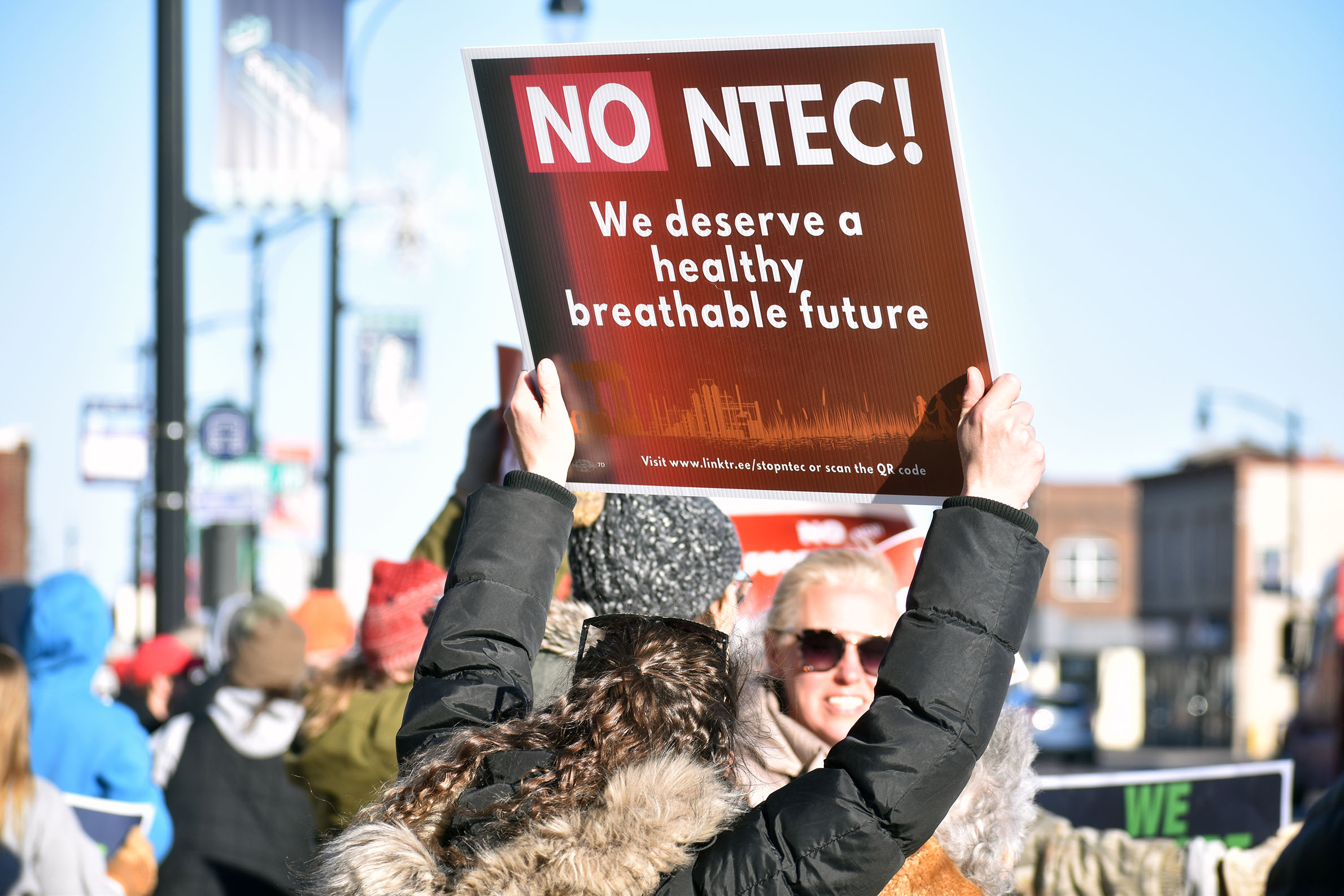Wisconsin regulators say a proposed $700 million natural gas power plant in Superior would have significant negative effects on groundwater quantity at its preferred site on the Nemadji River.
A subsidiary of Minnesota Power and La Crosse-based Dairyland Power Cooperative are planning to build the 625-megawatt Nemadji Trail Energy Center in Superior. The Public Service Commission (PSC) and Wisconsin Department of Natural Resources recently released a final environmental impact statement for the power plant.
The project would include construction of five high capacity wells about one mile southeast of the Nemadji River, which would have a total pumping capacity of up to 5.4 million gallons per day. The plant is expected to have an annual average withdrawal of 2.9 million gallons per day that would be used for cooling of the generating facility, according to Ian Anderson, a DNR hydrogeologist.
News with a little more humanity
WPR’s “Wisconsin Today” newsletter keeps you connected to the state you love without feeling overwhelmed. No paywall. No agenda. No corporate filter.
“Based on the best available information that we have, it does not appear that they have a water supply to meet their stated needs,” said Anderson.
The findings were part of DNR testimony recently submitted to the PSC.
Well construction reports of the area show thick clay above Precambrian sandstone bedrock that’s over one billion years old. At the project site, borings have shown an average of 100 feet of sand and gravel between the clay and sandstone. However, Anderson said that layer is much thinner in other areas, which means the aquifer is not as productive.
A memorandum submitted to the commission shows an analysis of a pumping test in 2014 found 100 feet of drawdown in the aquifer could be possible after 400 days with a pumping rate of 1,000 gallons per minute, which is half the average daily pumping rate needed for the project.
Julie Pierce, vice president of strategy and planning for Minnesota Power, said regulators are still in the middle of reviewing the utilities’ application for a well permit.
“We feel that our data that we provided and the data that will supplement it will more than prove or be utilized in the analysis and demonstrate we have adequate water for the well permit we requested,” Pierce told WPR.
The two utility providers plan to provide additional drilling information and data on water flows. Pierce said other options are also being explored, including drawing water from Lake Superior or Superior’s municipal water supply. However, she noted that obtaining water from Lake Superior is a “far out” alternative.
“We definitely prefer and we feel the better utilization of water is to use the well permit we requested from the DNR,” said Pierce. “It’s a much more efficient way to provide water to the site and then doesn’t stress a municipality system at all.”
Anderson, of the DNR, noted the project is not likely to impact a nearby municipal well in the Village of Oliver. However, it could potentially impact wells that are connected to the site.
The DNR’s determination further underscored the concerns of environmental groups like Clean Wisconsin’s Katie Nekola.
“This is a terrible site for a huge power plant,” said Nekola in an email. “DNR is concerned that NTEC would deplete the groundwater in the area by pumping about (3) million gallons of water each day — more than the entire City of Superior uses.”
Anderson said the agency would fully consider any further details provided by the applicants.
The Red Cliff Band of Lake Superior Chippewa has also raised concerns about the project and the amount of water it would require to operate.
“If we have these multiple sources that are drawing this much water continuously around the Lake Superior basin, what kind of impact does that have on water levels,” said Linda Nguyen, the tribe’s environmental director.
The tribe and environmental groups have also raised issues with the loss of wetlands, habitat and sensitive species that would be impacted by the project. In addition, they pointed to greenhouse gas emissions that would be generated by the plant and the process used to extract natural gas known as fracking.
The utilities say the natural gas facility will supplement power when it can’t be drawn from renewable energy sources like wind and solar, as well as help them transition away from coal-fired power generation.
Minnesota Power has set a goal to provide 50 percent of its power from renewable resources by 2021. Dairyland Power hasn’t set an exact goal, but the cooperative has said it’s working toward roughly 25 percent renewable energy by 2025.
“We are reducing our intensity of environmental impact with our move to more renewables, more flexible, more modern facilities,” said Pierce. “That’s really the important context around this transformation and in particular this project.”
The project has received support from state lawmakers, Superior’s mayor and the business community. The power plant is expected to create 260 construction jobs and $1 million each year in local tax revenues. The utilities say it will provide a $1 billion investment in the area over the next 20 years.
Minnesota Power and Dairyland Power hope to have the facility in service by 2025.
Public hearings on the proposed Nemadji Trail Energy Center will be held later this month at the Belgian Club in Superior on Oct. 28 and 29.
Editor’s note: A previous version of this story stated Minnesota Power has a goal of providing 44 percent renewable energy by 2025. The story was corrected on Saturday, Oct. 5, 2019, at 10:54 a.m. to show the goal is 50 percent by 2021.
Wisconsin Public Radio, © Copyright 2025, Board of Regents of the University of Wisconsin System and Wisconsin Educational Communications Board.

